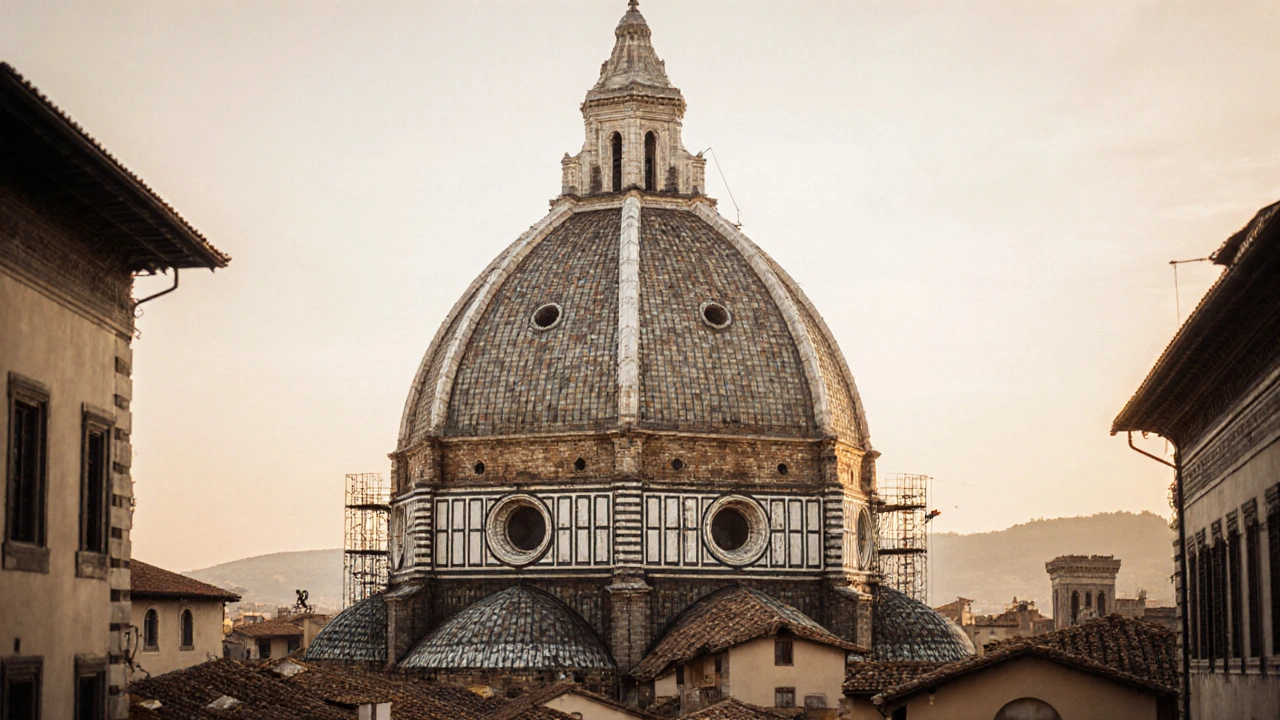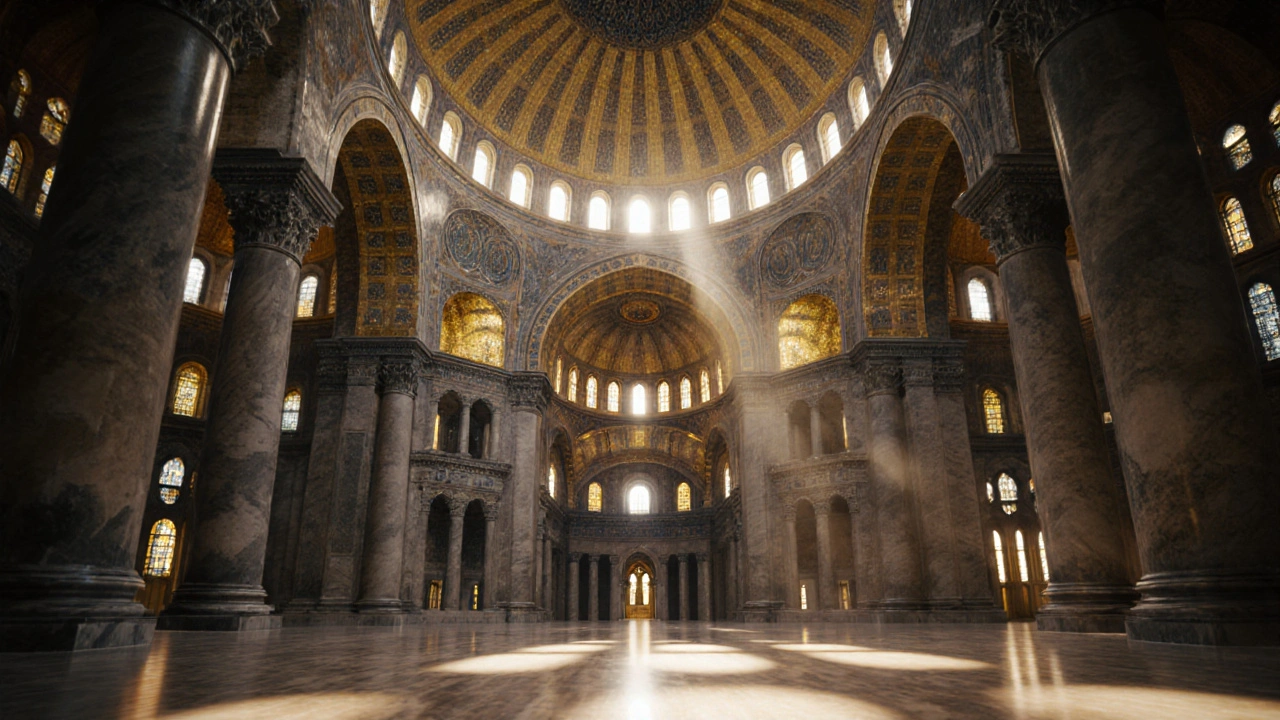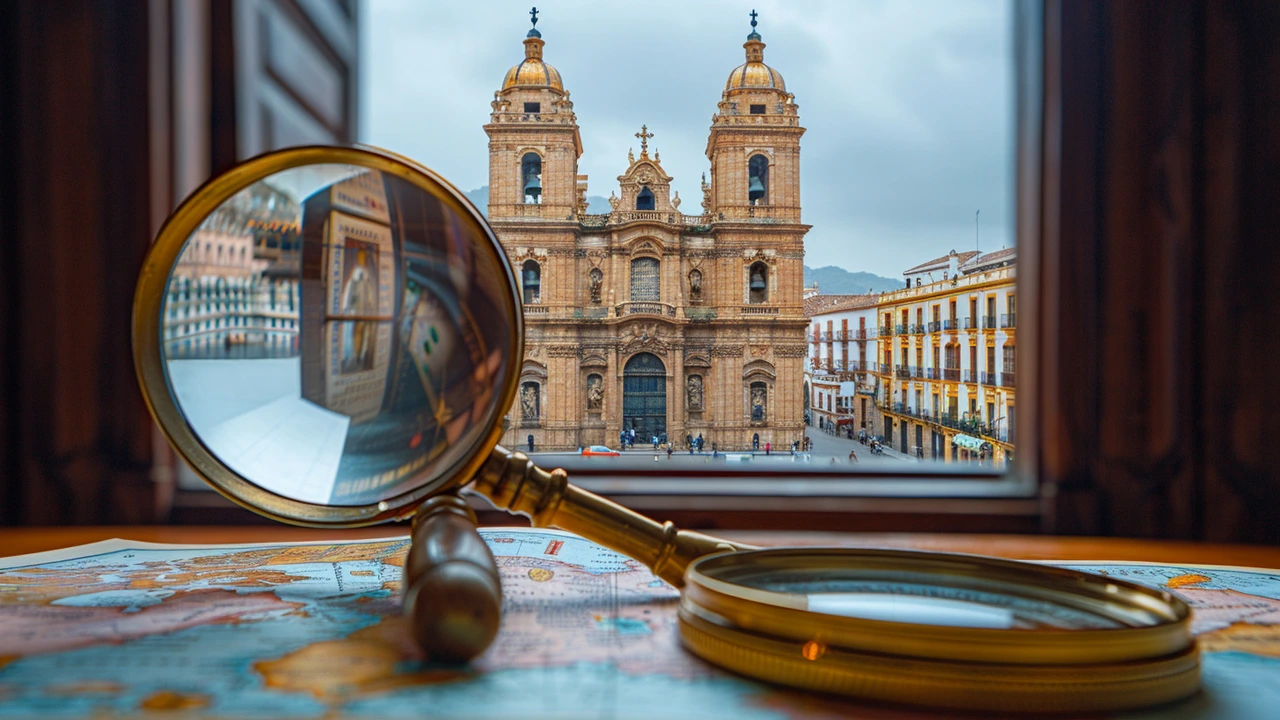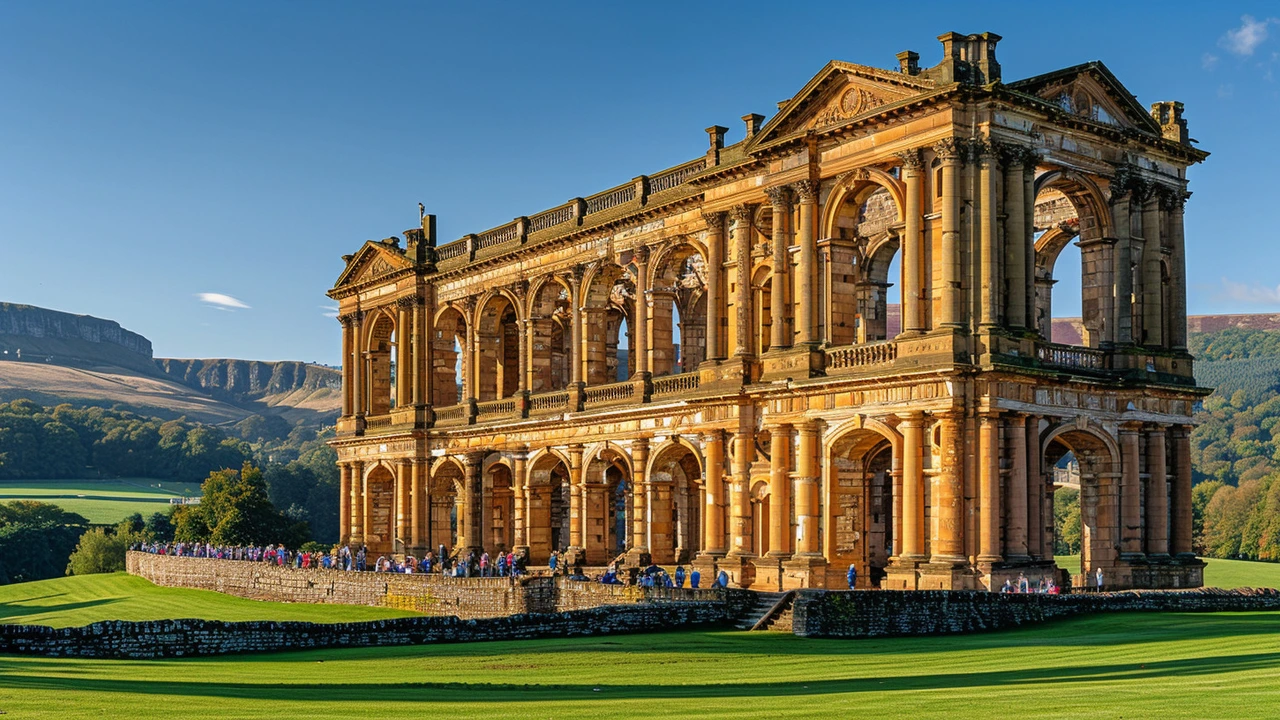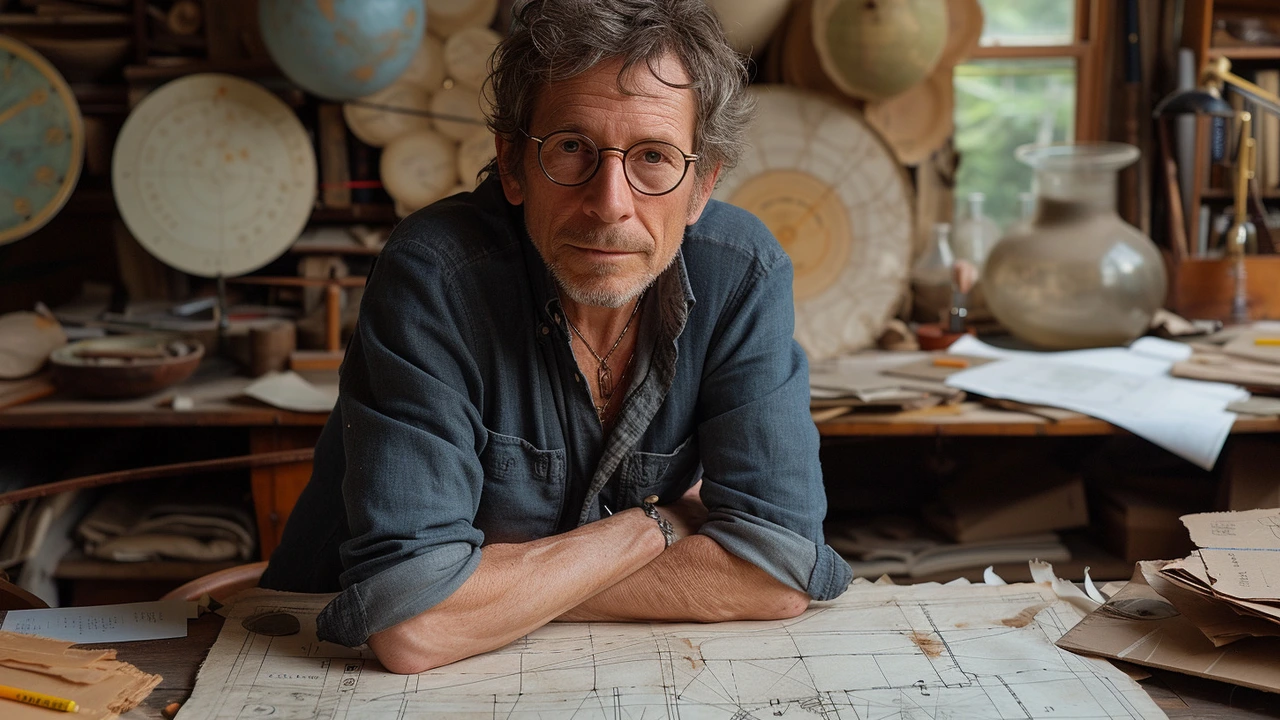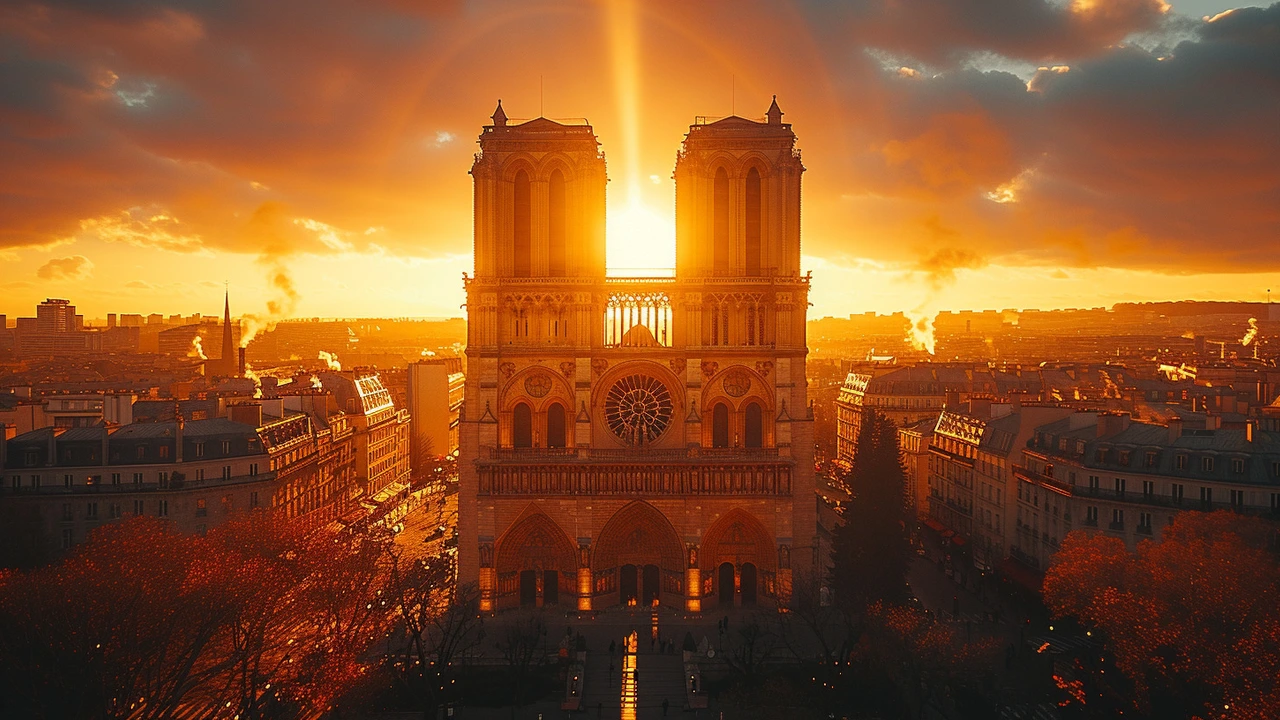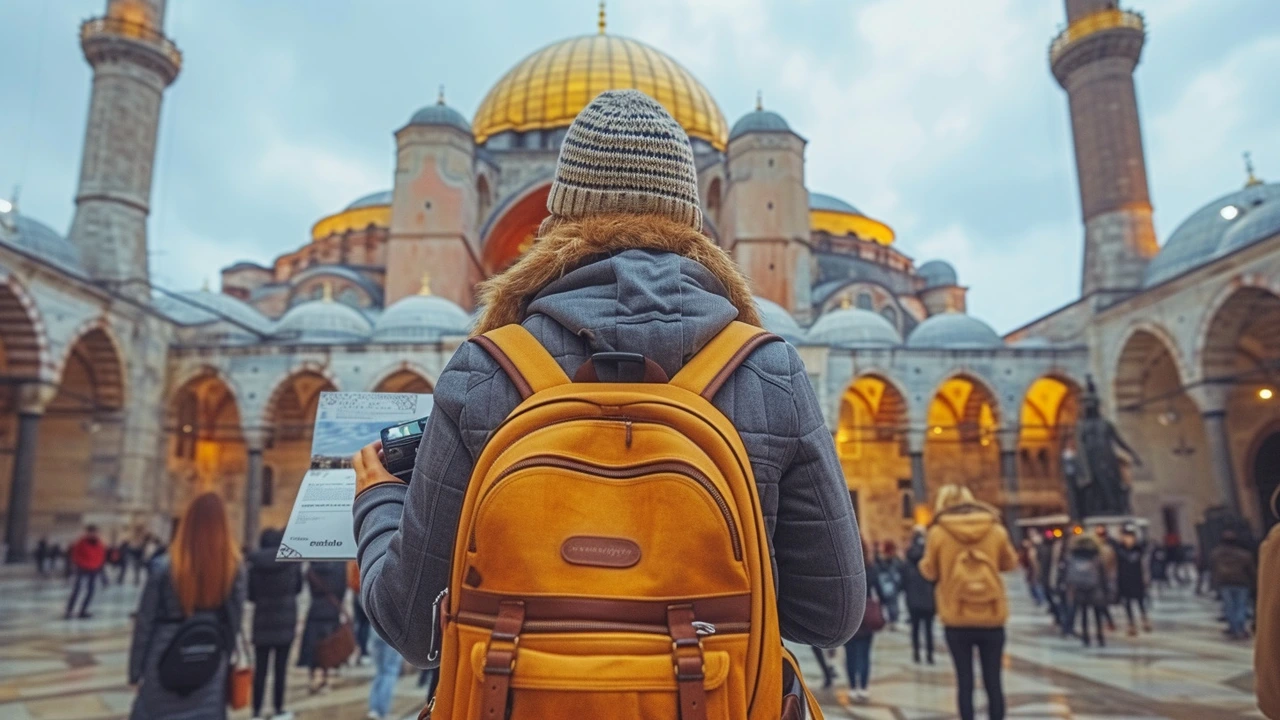Renaissance architecture fused art and science to create buildings based on harmony, proportion, and human reason. From Brunelleschi’s dome to Palladio’s villas, its legacy still shapes how we design spaces today.
Art and Architecture: Explore Styles, Stories, and Landmarks
Buildings tell stories. On this page you can jump into major styles of European and global architecture and find clear, practical reads on Baroque, Byzantine, Romanesque, Renaissance, Gothic and more. Each short article explains what makes a style unique and points to standout buildings you can actually visit.
Baroque architecture grabs attention with curves, rich decoration and dramatic light. Our Baroque posts show how architects used shapes and ornament to guide your eye and create emotion. You’ll see examples from churches and palaces that still aim for theatrical effect.
Romanesque gives you thick walls, round arches and solid towers. It’s about heaviness and simple geometry. Read the Romanesque pieces to understand how builders balanced structure and decoration when engineering tools were limited.
Byzantine work mixes huge domes, gold mosaics and strong religious imagery. Our Byzantine posts walk you through famous sites like Hagia Sophia and explain the symbolism behind mosaics and icon programs. That helps you spot meaning behind the patterns.
Renaissance architecture brought order back with symmetry, proportion and classical details. The Renaissance article explains how architects blended art and engineering to create domes, columns and harmonious façades.
Gothic architecture pushes height and light. Pointed arches, ribbed vaults and flying buttresses let walls open up for stained glass. The Gothic post helps you read a nave, identify vault patterns and notice the structural tricks behind the drama.
How to read a building
Look for three things: structure, surface and story. Structure shows how a building stands — arches, vaults, columns. Surface is what you see next — decoration, mosaics, sculpture. Story is why it was built — worship, power, or civic pride. When you visit a church, ask which parts are original and which were added later. That reveals how styles changed over time.
Where to start on a walk
Pick one style for a single walk. If you’re in a city, find one representative building and take 15 minutes to study it. Look at the façade first, then step inside to compare light and detail. Bring a camera and a small notebook. Take photos of the base, the midsection and the top of the building — those shots reveal structural tricks.
If you want deeper reading, check our posts on Baroque, Romanesque, Byzantine, Renaissance and Gothic. Each article links to key examples and explains what to look for on site.
Want suggestions for nearby landmarks or a short checklist to carry on a site visit? Browse the site or message us and we’ll point you to focused reads and photo-friendly routes.
Quick checklist: note the entrance, count the number of arches, spot any decorative programs like mosaics or statues, and check materials — stone, brick, or stucco. Time your visit around morning or late afternoon for better shadows that show relief work. If you like photos, use a wide lens for interiors and a tele for details. Read one short article before the trip so you know what to watch for.
Happy exploring, and share!
Byzantine architecture used light, domes, and gold mosaics not just for beauty, but to create sacred spaces where heaven felt close. Its spiritual design still moves people today.
Dive into the extravagant world of Baroque architecture, characterized by its dramatic use of shapes and rich decorations. This article delves into the intricacies of Baroque aesthetics from the late 16th century, exploring its roots, evolution, and key examples across Europe. Learn about the significant builders who propelled this style into prominence and discover how modern periods interpret these architectural marvels. The article also offers practical insights into observing and experiencing Baroque architecture today.
Embark on a journey into the heart of Romanesque architecture, a style that emerged in medieval Europe and left an indelible mark on the world of art and building design. This article delves deep into the characteristics, historical context, and lasting legacy of Romanesque architecture. Through exploring its evolution, key features, and most iconic examples, readers will gain an in-depth understanding of how this architectural style has shaped our artistic and cultural landscapes. Discover the fascinating interplay between form, function, and faith in Romanesque architecture.
Explore the captivating world of Byzantine architecture, a realm where religious fervor meets artistic brilliance. This article delves into the icons and imagery that define this magnificent architectural style, tracing its origins, evolution, and impact on contemporary design. From the iconic Hagia Sophia to the intricate mosaics adorning its interiors, discover how Byzantine architects and artists expressed their spirituality and creativity through structures that have stood the test of time. Learn about the symbolism, techniques, and motifs that underpin Byzantine architecture and how they continue to influence modern design principles.
Hello, architecture enthusiasts! In this article, we explore the flawless marriage of art and engineering in Renaissance architecture. From towering domes to intricate details, the Renaissance period truly revolutionized the field of architecture. Prepare to be fascinated as we delve into the mesmerising aspects of symmetry, geometry, and proportion that characterizes this awe-inspiring era in architectural history. Join me on this journey as we appreciate the artistic beauty embedded in the architectural masterpieces of the Renaissance.
Alright kiddos, buckle up because we're about to delve into the flamboyant world of Baroque Architecture - a testament to some serious artistic genius! Now, if you thought your Lego creations were impressive, wait till you get a load of these masterpieces. Dazzling the eyes with its extravagant curves and intricate details, this style has a flair for drama, with architecture so breathtaking it could make a grown man weep. It's like the architects fused together a rock concert and a broadway musical, and voila, Baroque Architecture was born! Jokes aside though, it really does encapsulate a kind of creativity that's mind-boggling and awe-inspiring.
Hello darlings! Let's take a whimsical trip back in time to the Romanesque architectural era - so strap in! This was a time when architects were all about the semi-circular arches - they were as trendy as avocado toast is today! Then there were those gorgeously thick walls, just like the perfect smoothie bowl - sturdy and reliable with a hint of mystery hiding behind. And let's not forget the towers, darling - because who doesn't love reaching for the stars? Decorated portals were the cherry on top, like the perfect accessory to a fabulous outfit! So that's it, sweeties, a quick trip down memory lane to the world of Romanesque architecture - isn't history just delicious?
Oh boy, let's dive into the world of Gothic architecture, a style that turns buildings into brooding poetry of stone! It's like the medieval folks said, "Let's make our churches look like they're having an eternal existential crisis". Born in the Dark Ages, Gothic architecture embodies the charm of the intense, the elaborate, and the dramatic. With its pointed arches and ribbed vaults, it's as if the buildings were trying to reach out to the heavens, probably asking why they were created in such tumultuous times. So basically, Gothic architecture is the architectural version of a teen angst phase, but one we can all agree is pretty spectacular!
Oh boy, Byzantine architecture is like a feast for the eyes! It's like the architects had a bash with domes, mosaics, and intricate designs. I mean, just take the Hagia Sophia in Istanbul for example, it's like a pizza with all the toppings. Then there's the Ravenna's Basilica of San Vitale, which is basically an Instagrammer's dream come true with its dazzling mosaics. And let's not forget the Chora Church, which is like the cherry on top of this architectural sundae. Byzantine architecture is like a box of chocolates, you never know what you're gonna get, but it's bound to be spectacular!

